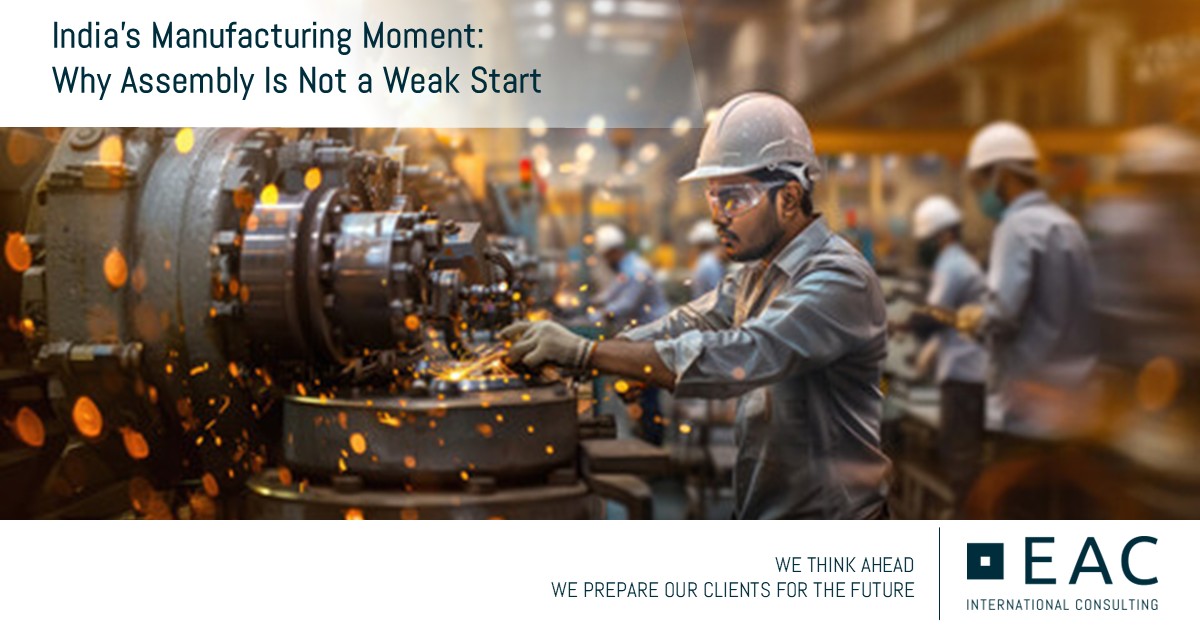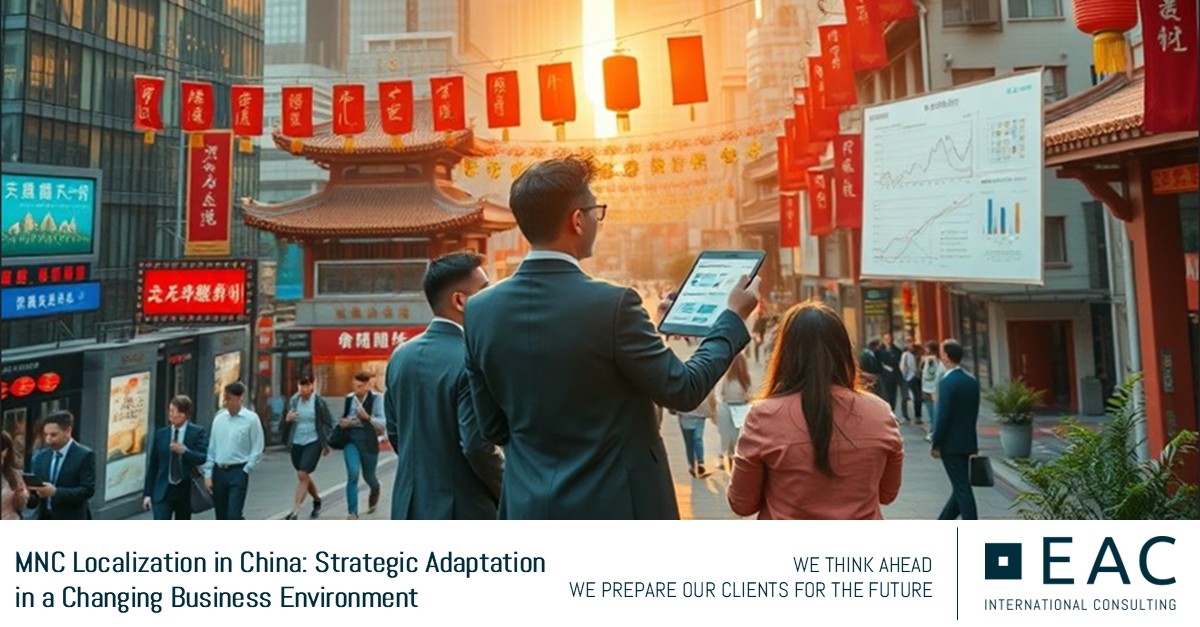India’s Manufacturing Moment: Why Assembly Is Not a Weak Start

Even if India’s current wave of investment is assembly-led, it sets in motion something much larger. When global companies begin to assemble products locally, they inevitably bring suppliers, logistics partners, testing facilities, and component makers along with them. Local talent gets trained, supply chains get tested, and infrastructure gets built. That ecosystem formation itself is the beginning of industrial maturity.
Many draw parallels with Mexico, which remained an assembly base for decades. But India is structurally different. As one of the world’s strongest services economies, India already has the technology literacy, process discipline, and systems thinking that enable faster technology absorption. This makes the transition from “assemble” to “manufacture” more natural and quicker. The workforce is not starting from zero.
Critics also miss the arithmetic of volume. Even if India captures only 10 to 15 percent of the total value addition today, the scale of what is being produced is massive enough to create real economic impact. Take smartphones as an example: a few billion dollars of incremental value may look modest in percentage terms, but it translates into thousands of jobs, supplier networks, and regional growth nodes that sustain themselves over time.
Add to that India’s domestic demand and public investment in logistics and infrastructure, and you get a self-reinforcing cycle. Factories built for exports can just as easily serve the growing home market. The government’s spending on industrial corridors, ports, and capex is not a side story; it is what turns short-term assembly into long-term localization.
India’s manufacturing rise is not a copy of China’s path. It is a different model: one powered by volume, internal demand, and service-driven capability. Assembly, in this case, is not the end of the story. It is how the story begins.
For an engaging discussion please connect to Rituraj Shailendra, Principal with EAC International Consulting.
Latest
India’s Manufacturing Moment: Why Assembly Is Not a Weak Start

The Johor-Singapore Special Economic Zone: Where Strategic Vision Meets Market Reality

EAC Hydrogen Series: The Pulse of the Global Hydrogen Economy

MNC Localization in China: Strategic Adaptation in a Changing Business Environment


